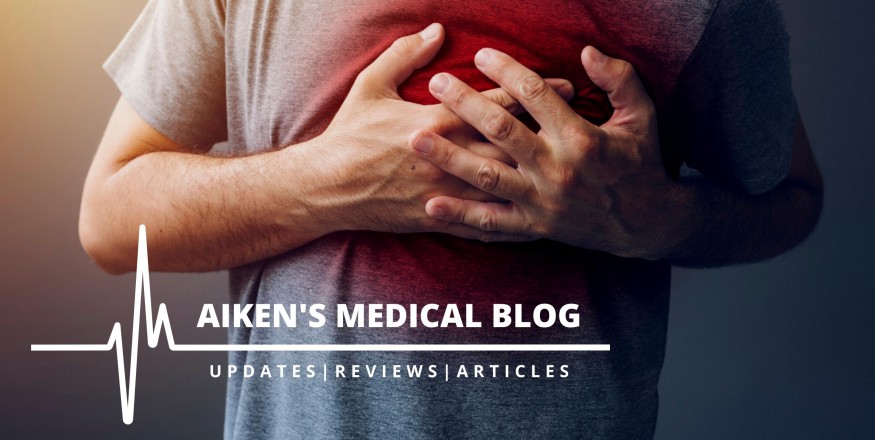.jpg) x
x
A stroke is a medical emergency when the blood flow to the brain is disrupted, leading to cell death and potentially permanent damage. There are two main types of stroke: ischemic, caused by a blood clot blocking a blood vessel, and hemorrhagic, which occurs when a blood vessel in the brain ruptures and bleeds into the surrounding tissue.
Symptoms of a stroke may include sudden weakness or numbness on one side of the body, difficulty speaking or understanding speech, loss of vision in one or both eyes and severe headaches. It is essential to seek medical attention immediately if you or someone you know experiences these symptoms, as prompt treatment can help minimize the damage caused by a stroke.
Several risk factors for stroke include high blood pressure, diabetes, high cholesterol, smoking, and a family history of stroke. These risk factors can be controlled through lifestyle changes such as eating a healthy diet, exercising regularly, and quitting smoking. Others, such as age and family history, cannot be changed.
Stroke treatment depends on the type and severity of the stroke. Ischemic strokes can be treated with medications to dissolve blood clots and improve blood flow to the brain. In contrast, hemorrhagic strokes may require surgery to repair the damaged blood vessels and remove excess blood from the brain. Rehabilitation, including physical therapy, occupational therapy, and speech therapy, is often an essential part of the recovery process for stroke survivors.
Preventing a stroke is often easier than trying to recover from one. You can significantly reduce stroke risk by controlling risk factors such as high blood pressure and cholesterol and making healthy lifestyle choices. If you have had a stroke before, working with your healthcare team to manage your risk factors can help prevent a second stroke.
ns 172.70.130.129da2


















